INTRODUCTION
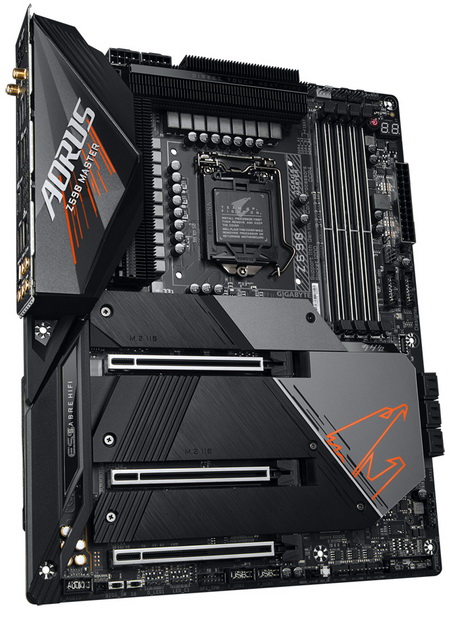
Even though new motherboard chipsets are just around the corner the Intel Z590 and AMD X570/S based motherboards are currently the best ones in the consumer market. This is not so much in terms of performance but rather in available features and most importantly their support for PCIe 4.0 which applies both for their PCIe and M.2 slots. Of course, with CPUs like the Intel Core i9-11900K and the AMD Ryzen 5900X/5950X these motherboards also offer unprecedented performance levels to consumers and that also means that I'm genuinely very interested to see what improvements and/or additions the upcoming Intel 12xx and AMD 69xx series bring to the table. As for now, well, after testing the GIGABYTE X570S Aorus Master model many of you came forward asking for yet another motherboard review and so with me today i have that exact model, the Z590 Aorus Master.
GIGABYTE offers a comprehensive product lineup that aims to “Upgrade Your Life.” With expertise encompassing consumer, business, gaming, and cloud systems, GIGABYTE established its reputation as a leader in the industry with award-winning products including motherboards, graphics cards, laptops, mini PCs, and other PC components and accessories. As a perennial developer in PC and server hardware and solutions, GIGABYTE is poised to extend our scope in business servers and cloud systems with hardware and software solutions that integrate AI and AloT applications to allow customers to capture, analyze, and transform digital information into economic data, accelerating businesses' success from edge to cloud.
The Aorus Master may not be the top of the line models in the GIGABYTE lineup but still the Z590 Aorus Master model sports an interesting 18+1 phase digital VRM paired with the 2 generation of their direct-touch heatpipe and fins-array cooling solution, all of which should allow for easy, hassle free overclocking (casual). It also comes ready with a total of 4 DIMM slots (dual-channel configuration – 128GB total supported with speeds up to 5400MHz), 3 full-length EMI shielded (and reinforced) PCIe 4.0 slots (x16/x8-4 / x16 slot operates at up to x8 when the x8 slot is populated), 3 M.2 SSD slots (1xGen4x4/2xGen3x4), 6 native SATA 6Gb/s ports (with RAID 0/1/5/10 support), Realtek ALC1220-VB audio codec (paired with the ESS SABRE 9118 DAC), Intel AX210 Dual-Band WiFi 6/BT 5.2 wireless adapter, Aquantia 10GbE LAN, dual temperature sensor headers, dual-BIOS selection, two RGB LED strip headers and a Thunderbolt add-in connector (extra TB card required to use this). The Z590 Aorus Master is also equipped with a multi-function indicator, motherboard power button and rear I/O quick flash and clear CMOS buttons for easier/faster access. As for available connections the Z590 Aorus Master is equipped with a single DisplayPort v1.2 video output, 4 USB 2.0 ports (internal header), 2 USB Type-C USB 3.2 Gen2 ports (1 external and 1 internal), 8 USB 3.2 Gen1 Type-A ports (4 external & 4 internal), 5 USB Type-A 3.2 Gen2 ports (external), single Aquantia 10GbE (10/100/1000/10000) Ethernet port, 2 WiFi 6/BT 5.2 SMA antenna connectors and the Realtek ALC1220 High Definition Audio onboard audio card outputs (five 3.5mm jacks and a single S/PDIF). So, time to see how the Z590 Aorus Master compares not only to other Z590 models but also GIGABYTE's very own X570S Aorus Master.
SPECIFICATIONS AND FEATURES

PACKAGING AND CONTENTS
The Aorus logo, model name a socket type are all printed at the front of the box.
A few words about the Z590 Aorus Master are printed at the base of the box in 18 languages.
Several product pictures located at the rear of the box are used to showcase the main motherboard features.
The Z590 Aorus Master comes wrapped inside a static-free bag and placed in a formed piece of black foam (the rest of the bundle is placed underneath).
GIGABYTE does very well in terms of bundle (at least with their Aorus Master models) and so inside the box you'll find 4 SATA cables, 2 digital LED adapters, RGB extension cable, 4 M.2 mounting screws, two thermistor leads, WiFi antenna, G-Connector, metal case badge, several stickers, app center software guide, installation guide and the user manual.
THE Z590 AORUS MASTER
Just like with the X570S Aorus Master the black and grey color theme makes this is a nice looking motherboard.
The 18+1 phase digital VRM with the specially designed heatsink fins should allow the Z590 Aorus Master perform well with overclocking your CPU.
Once again, we see 4 reinforced DIMM slots which support speeds of up to 5400MHz.
The multi-function indicator is located on the top right of the motherboard right next to the power button.
Angled connectors are used for all 6 SATA ports.
The single/dual BIOS switches are located on the lower left side of the motherboard.
The popular Realtek ALC1220 High Definition Audio onboard audio paired with the ESS SABRE9118 DAC is what GIGABYTE had used here.
Just 3 PCIe 4.0 slots might not be enough for many people but at least these are full length ones (x16/x8/x4).
At the rear I/O we find the q-flash and clear CMOS buttons, Wi-Fi Antenna connectors, 4 USB 3.1 Gen1 ports, 5 USB 3.2 Gen2 ports, DisplayPort v1.2 output, single USB 3.2 Gen2 Type-C port, Aquantia 10GbE RJ45 LAN port and the audio out ports.
Most of the other side of the motherboard is covered by a metal plate thus increasing durability.
Once again for my tests I’ll be using the Intel Core i9-11900k CPU.
Under the aluminum top heatsink GIGABYTE has also placed a total of 3 M.2 slots.
Since many of you have asked what thermal paste i used for my motherboard and RAM tests the answer is simple, I’m using the NT-H2 by Noctua.
With the Intel Core i9-11900k and the Acer Predator Apollo 32GB 4GHz RAM installed (among other things) the time has come for me to start tests on the GIGABYTE Z590 Aorus Master.
Z590 AORUS MASTER F5 BIOS
Much like most motherboards out there the very first BIOS screen you'll see is the easy one.
Typically, the favourites tab allows the end user to quickly check the most important/crucial settings in the BIOS.
Once again inside the Tweaker tab GIGABYTE has placed everything related to overclocking your CPU and RAM including clocks, ratios, offsets, X.M.P profiles, CPU features and of course voltages.
Inside the Settings tab GIGABYTE has placed everything related to onboard peripherals, system health and power options.
The System Info tab contains basic information regarding the mainboard, CPU, RAM and PCIe devices (from here you can also access the Q-Flash feature).
From the Boot tab you can enable/disable the full screen boot logo, change the boot priorities, set the mouse speed and enable CSM support.
RGB FUSION 2.0
GIGABYTE has many available programs but perhaps the most important is RGB Fusion 2.0 since from here you can adjust the ARGB/RGB lighting of both the motherboard and attached compatible hardware and peripherals like the Acer Predator Apollo kit used for this test.
TESTING METHODOLOGY
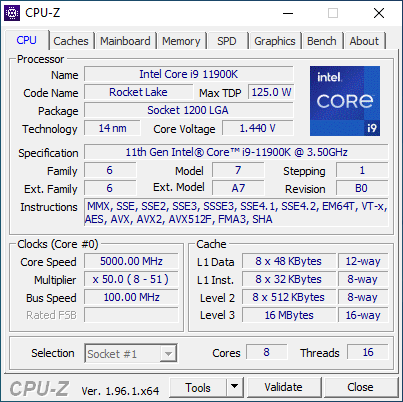
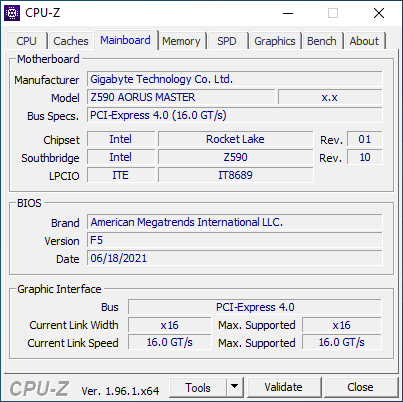
Exactly like used to do in the past each mainboard to arrive in the lab will get mounted on an open-air test bench and will be used for no less than two full weeks (daily tasks and gaming) with a fresh Windows 10 Pro installation. All motherboards arriving here will be tested with the top CPU of that line available to me at the time of each review (I9-9900K for Z390/I9-10900K for Z490/I9-11900K for Z590/Ryzen 9 5900X for X570 and B550) together with 16GB (2x8GB) DDR4 4GHz RAM for the Z390/Z490 motherboards and 32GB (2x16GB) DDR4 4GHz RAM for the Z590 and X570S/B550 motherboards. Now I don’t know if I will need to change this anytime soon but for now the Intel CPU in each review will be set at 5000MHZ (CPU ratio set to 50 - of course voltages may vary slightly from motherboard to motherboard - RING/Cache frequency at 4700MHZ) and the AMD CPU at 4500MHz.
I did think about pushing each motherboard to the max to see which is the better overclocker but 5/4.5GHZ 24/7 is more than plenty today, not only in terms of performance but also temperatures (not to mention there are colleagues of mine who have been focusing on maximum overclock potential so that’s also out there). Instead i decided that it'd be far more interesting (not to mention accurate) to see which motherboard is the fastest when using the same exact hardware components/configuration (CPU/RAM/COOLER) with the same exact overclocking frequencies */**. To figure that out I’ll be using several benchmarking programs (6 repeats after which the average numbers will get recorded in the charts) like AIDA64, CINEBENCH R20, CPUZ, Passmark Performance Test, RealBench and the Sisoftware Sandra Titanium 2020 version. Needless to say, that between different system configurations these charts also do a great job pointing out the difference in CPU performance.
* Charts will contain other system configurations as well in order to better showcase the performance of each reviewed system.
** Surpassing 4.7GHz with the Ryzen 9 5900X on all cores proved impossible so I chose 4.5GHz as the most balanced choice for all my tests (besides, the latest Intel CPUs in the charts could also climb higher than 5GHz on all cores).
TEST RESULTS - AIDA64 / CINEBENCH R20


TEST RESULTS - CPUZ / PASSMARK PERFORMANCE TEST
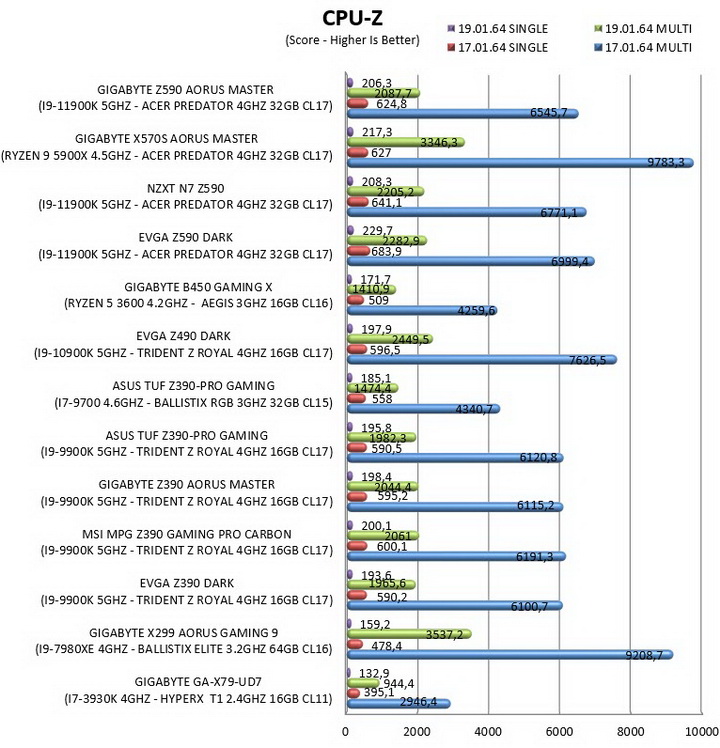
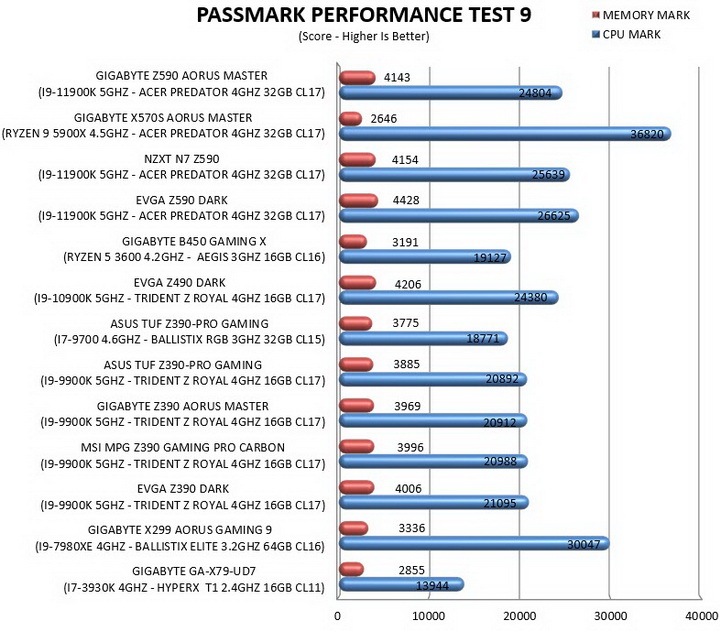
TEST RESULTS - REALBENCH / SISOFTWARE SANDRA TITANIUM 2020
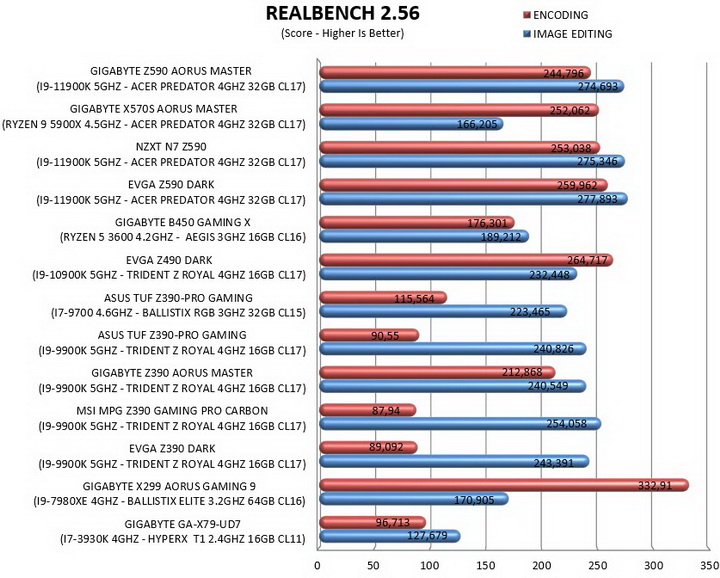
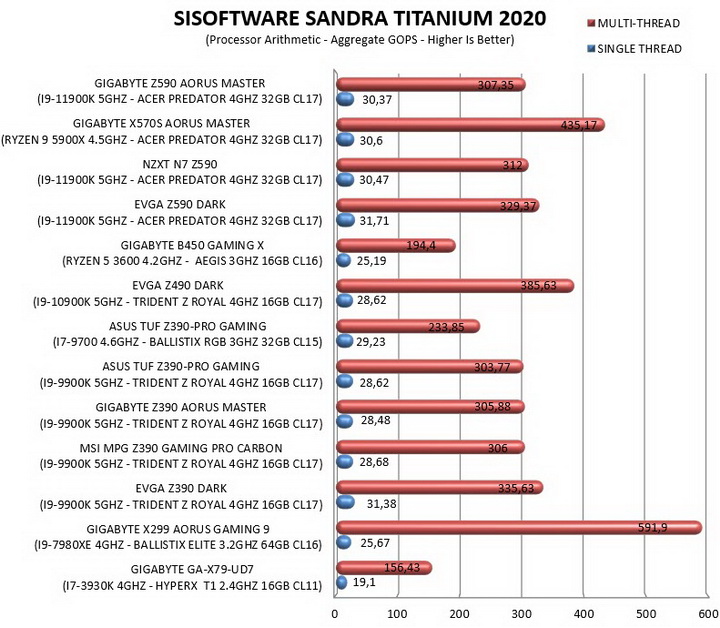
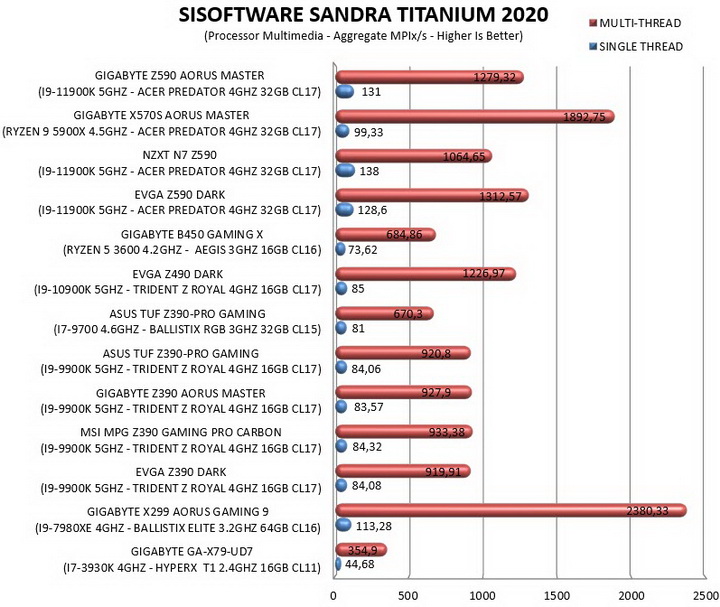
CONCLUSION
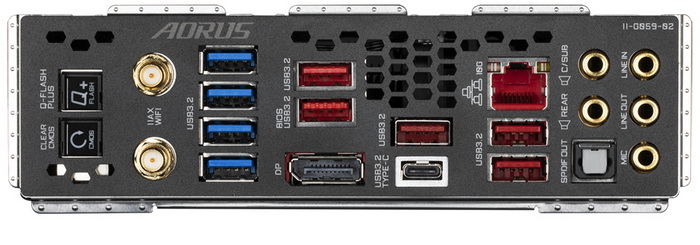
The Z590 Aorus Master is currently GIGABYTE’s 2nd best Z590 based motherboard after their Z590 Aorus Xtreme model so I imagine they’ve held a bit back in terms of performance, always based on the results you can see in my charts (i will ask for the Xtreme too, primarily to see just how it performs). This is not to say that the Z590 Aorus Master is not a good motherboard, especially since it packs many interesting and useful features (the Aquantia 10GbE LAN is certain to appeal to some consumers and professionals although the lack of video outputs is a typical move by GIGABYTE lately), it’s just that it didn’t perform quite as well as I was expecting. Of course, these results will have very little impact when gaming (if at all for some titles) but this could be just enough to push potential buyers away (and towards the Xtreme model, if their wallets can afford it of course). That being said i was particularly surprised to see that the lower-cost N7 Z590 motherboard by NZXT did better in my test. Sure, it may not be nowhere near as completed of a package as the Z590 Aorus Master but overall, it did manage to outperform it.
The Z590 Aorus Master by GIGABYTE already counts many months in the international market and it currently retails for USD399.99 inside the USA (Amazon.com) and for 334.95Euros inside the EU (Amazon.de) a price which is pretty much what one would expect for one such motherboard. Overall, I have no serious complaints about the GIGABYTE Z590 Aorus Master, yes it may not have reached the performance levels I had in mind when I started testing it but it does offer a complete package compared to most Z590 models in the market and so for consumers who care mostly about available features this could be the way to go which is also why it gets the Golden Award.

PROS
- Reinforced & EMI Shielded PCIe 4.0 slots
- 1 x M.2 PCIe 4.0 Slot
- Overclocking Potential (18+1 Phase Digital VRM)
- Support For Up To 128GB RAM (5400MHz)
- RGB Lighting
- 10GbE Aquantia Ethernet Port
- Available USB Ports
CONS
- Lack Of Video Outputs (For Some)
- Overall Performance (Compared To Other Z590 Models)

 O-Sense
O-Sense





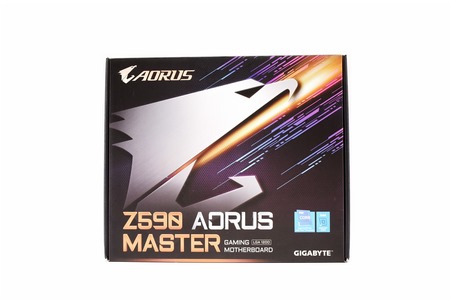
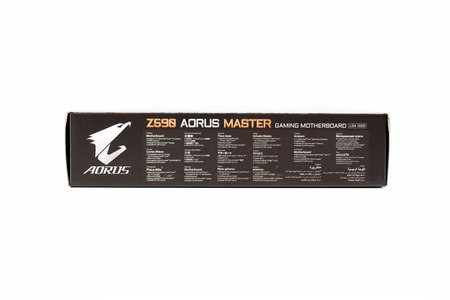
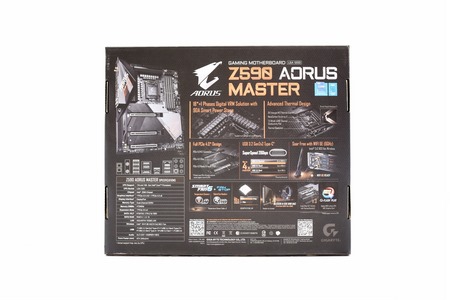
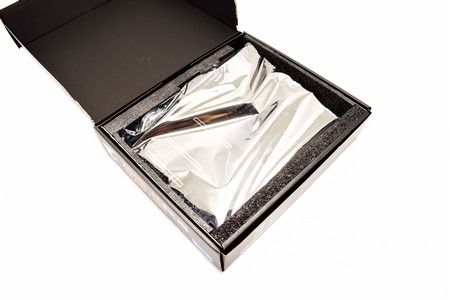
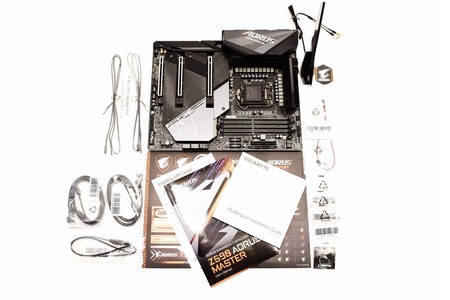
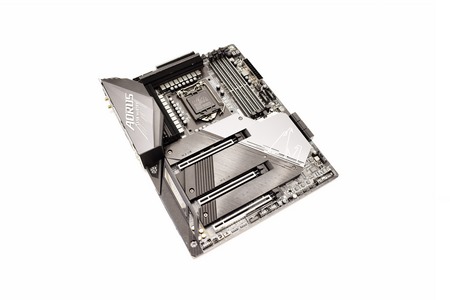
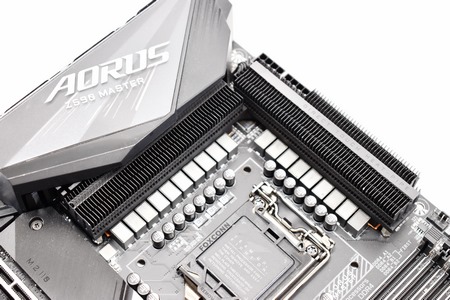
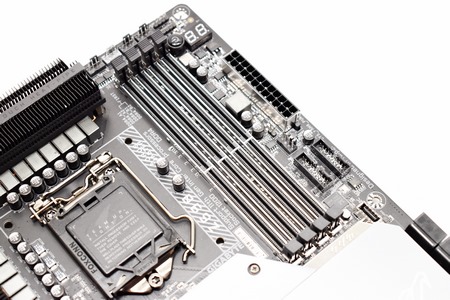
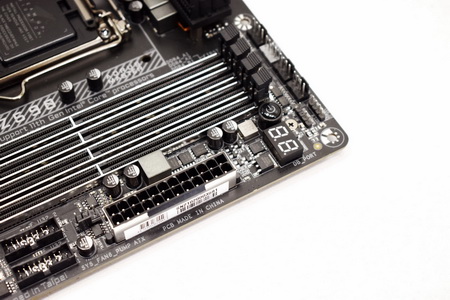
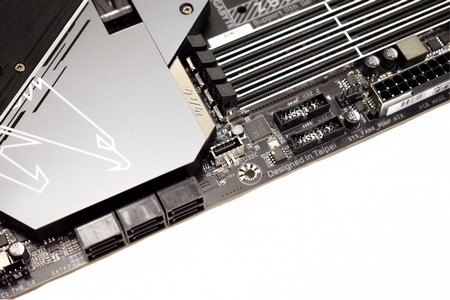
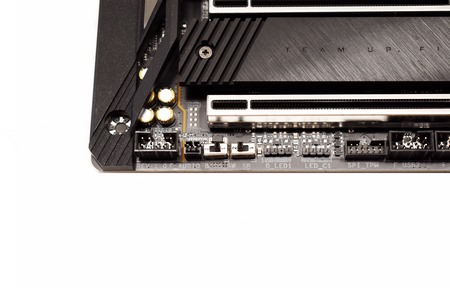
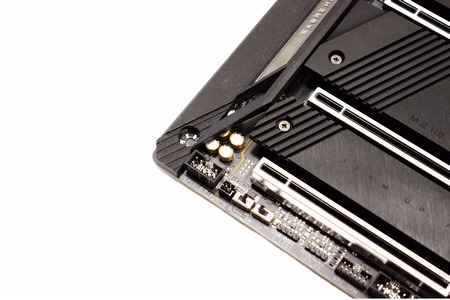
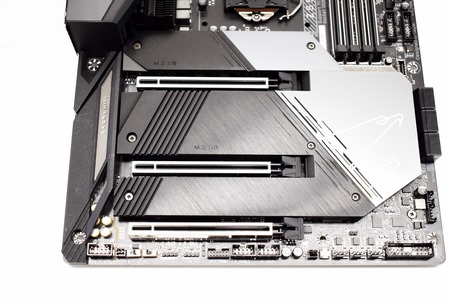
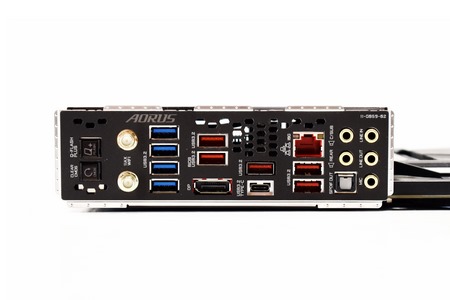
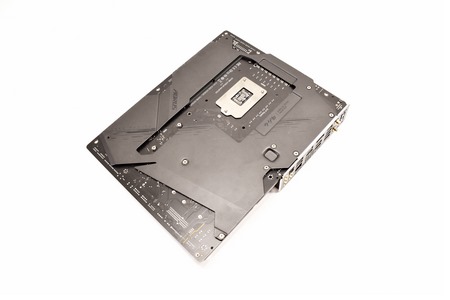
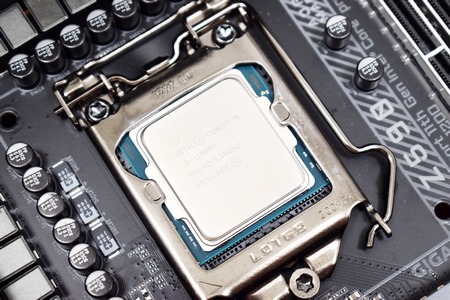
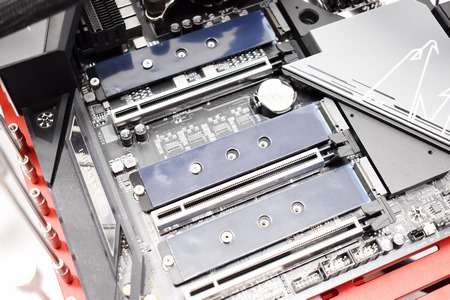
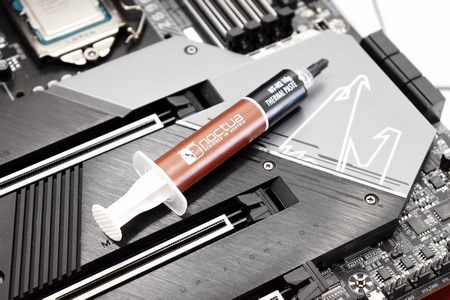
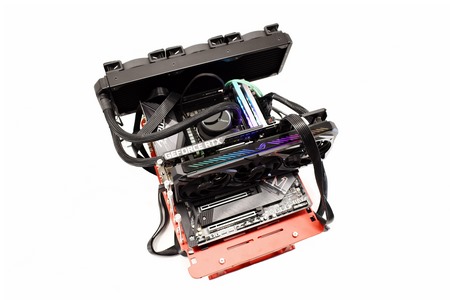
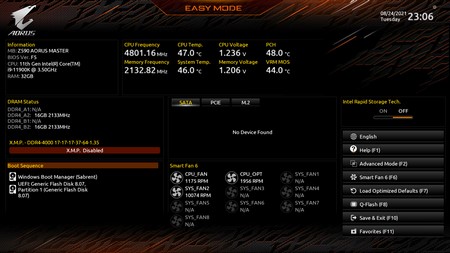
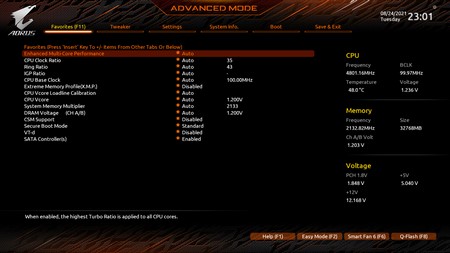
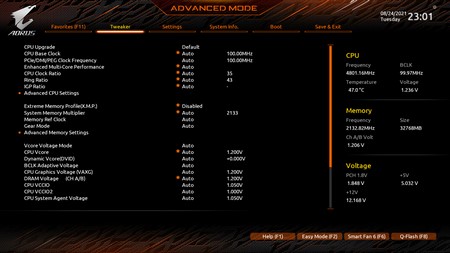
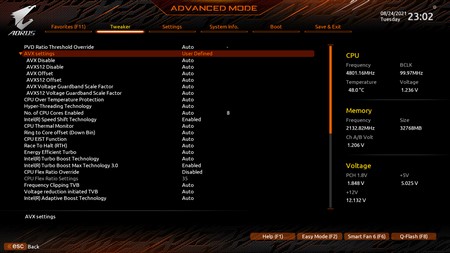
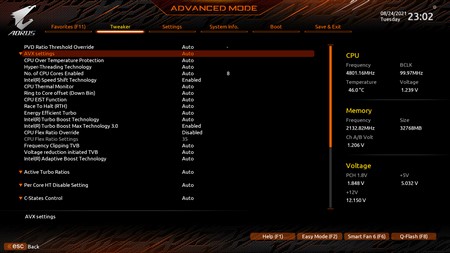
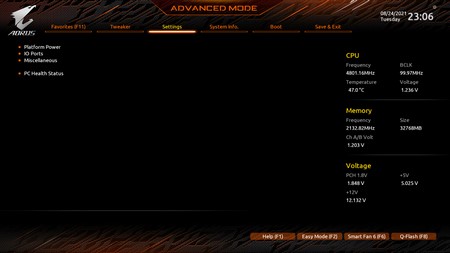
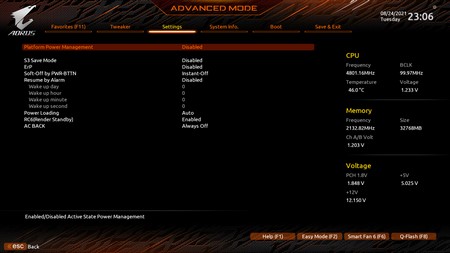
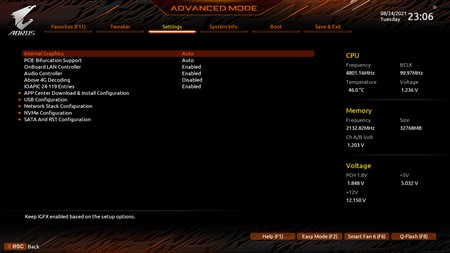
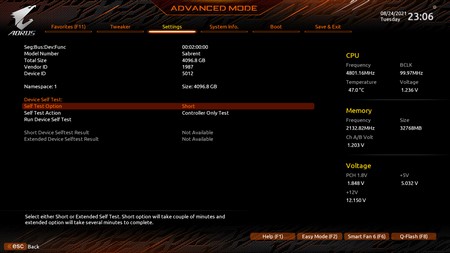
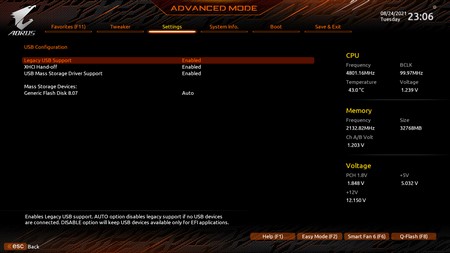
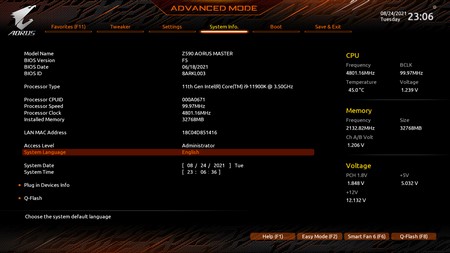
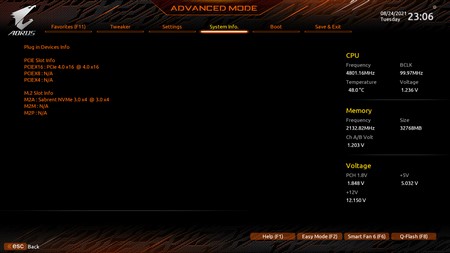
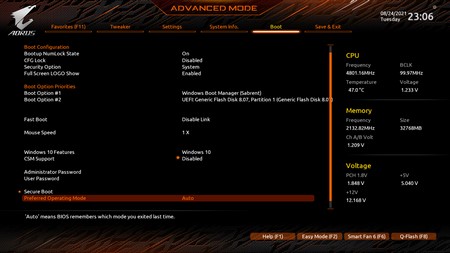
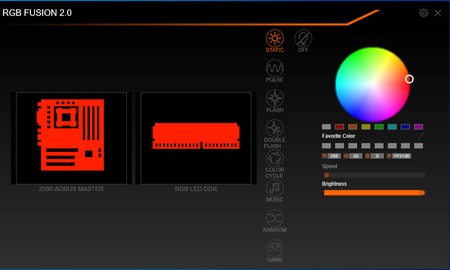
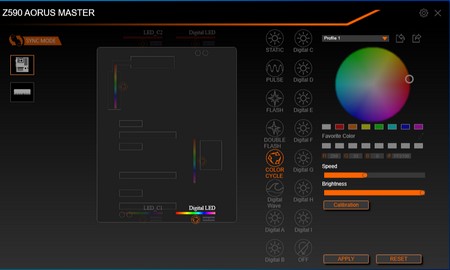
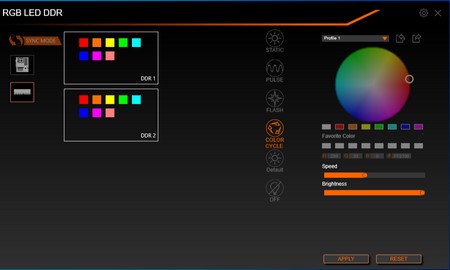


.png)

